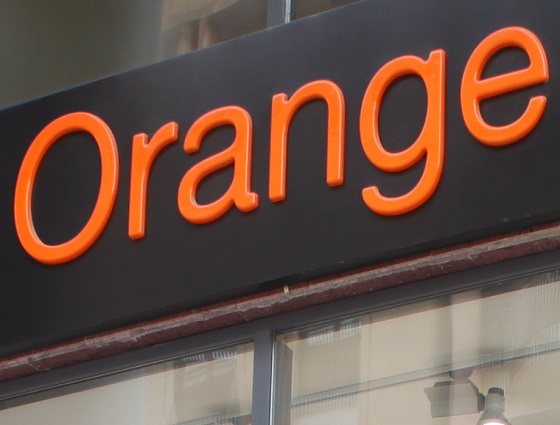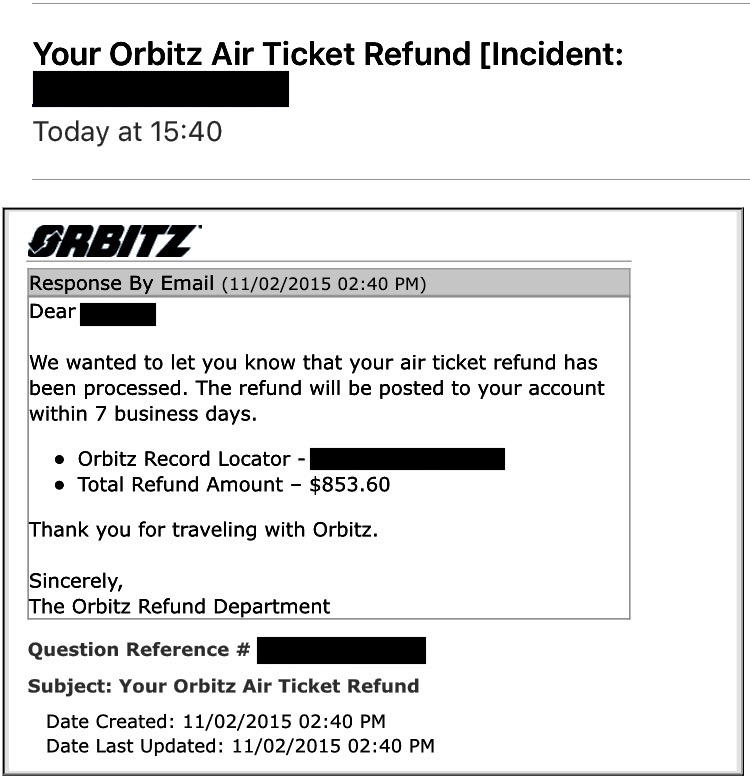Contents:
However, in accounting ‘depreciation’ is the expiration cost of the fixed asset. And the assets we mentioned here are physical assets except for land. The Sinking fund method of depreciation is a method of calculating depreciation where enough amount is accumulated at the end to replace the asset at the end of its useful life. Here the amount of depreciation is charged to a sinking fund account which is invested in various government bonds and securities.
It is calculated for intangible assets as the actual cost less amortization expense/impairments. The equipment has an expected life of 10 years and a salvage value of $500. To calculate straight line basis, take the purchase price of an asset and then subtract the salvage value, its estimated sell-on value when it is no longer expected to be needed. Then divide the resulting figure by the total number of years the asset is expected to be useful, referred to as the useful life in accounting jargon. The total amount depreciated each year, which is represented as a percentage, is called the depreciation rate.
- Then divide the resulting figure by the total number of years the asset is expected to be useful, referred to as the useful life in accounting jargon.
- The rate or the amount of depreciation is constant throughout the life of asset.
- Full BioAmy is an ACA and the CEO and founder of OnPoint Learning, a financial training company delivering training to financial professionals.
- You can also calculate straight-line depreciation using SLN Function in excel.
You would actually begin with your “basis” in the property, not necessarily the exact purchase price. You can arrive at your basis by adding your closing costs, such as legal fees, any transfer taxes, title insurance, appraisals, and recording fees. If you were to record the entire asset cost as an expense in a single year, your business might show a loss, even though profits were strong. There are some assets on which straight line depreciation can’t be used.
Straight-line depreciation in action
The business can continue to use the asset if it’s still functional, and no longer has to report an expense. The IRS will eventually take back some of your tax savings when you sell the property. You’ll have to report as income the difference between your basis and your sales price in the year you make the sale. Jim Kimmons is a real estate broker and author of multiple books on the topic. He has written hundreds of articles about how real estate works and how to use it as an investment and small business. Straight line depreciation is a simple way to figure deprecation on many assets.
- When you purchase an asset at the beginning of the accounting year, you need to calculate the depreciation for a complete year.
- Therefore, although depreciation does not exhibit an actual outflow of cash but is still calculated as it reduces companies’ income; which needs to be estimated for tax purposes.
- Instead, the company only has to expense $4,000 against net income.
- But keep in mind this opens up the risk of overestimating the asset’s value.
- The rate of depreciation under this method differs every year.
It can be used for several kinds of property, but the asset has to be used for an income-producing business. For most asset types, you can typically choose which depreciation method to use. However, the straight line method should not be used for certain asset types. This is another form of accelerated depreciation, and it can be used with any depreciation method.
Sum-of-the-Years’ Digits Method
The define straight line depreciation-declining balance method is a form of accelerated depreciation. It means that the asset will be depreciated faster than with the straight line method. The double-declining balance method results in higher depreciation expenses in the beginning of an asset’s life and lower depreciation expenses later. This method is used with assets that quickly lose value early in their useful life.
PHYSICIANS REALTY TRUST MANAGEMENT’S DISCUSSION AND ANALYSIS OF FINANCIAL CONDITION AND RESULTS OF OPERATIONS (form 10-K) – Marketscreener.com
PHYSICIANS REALTY TRUST MANAGEMENT’S DISCUSSION AND ANALYSIS OF FINANCIAL CONDITION AND RESULTS OF OPERATIONS (form 10-K).
Posted: Fri, 24 Feb 2023 13:42:04 GMT [source]
Start by combining all the digits of the expected life of the asset. Using the straight-line method is the most basic way to record depreciation. It reports an equal depreciation expense each year throughout the entire useful life of the asset until the entire asset is depreciated to its salvage value. The units of production method is based on an asset’s usage, activity, or units of goods produced. Therefore, depreciation would be higher in periods of high usage and lower in periods of low usage.
Accumulated Depreciation
Once straight line depreciation charge is determined, it is not revised subsequently. Calculate depreciation expense for the years ending 30 June 2013 and 30 June 2014. This entry will be the same for five years, and at the end of the fifth-year asset net book value will remain only USD 5,000. This asset will not be depreciated, but the company still uses it as normal or make the disposal. Costs to bringing the asset to the location and condition and these costs should also be capitalized. For example, the production machine that is high performing in the first few years and then the performance is slow eventually.
Useful Life is the estimated time period that the asset is expected to be used starting from the date it is available for use up to the date of its disposal or termination of use. Useful life is normally expressed in units of years or months. Residual value is the value of fixed assets at the end of its useful life. For example, the residual value of the computer, based on estimate would be 200$ at the year’s fours.
Small Business Ideas for Anyone Who Wants to Run Their Own Business
This method can be used to depreciate assets where variation in usage is an important factor, such as cars based on miles driven or photocopiers on copies made. Multiple with depreciation rate by the (asset cost – salvage value). For each accounting period, or year, the coffee shop would depreciate the espresso machine by $600. As the asset approaches the end of its useful life, it will eventually depreciate to its salvage value once the end of its useful life is reached.
https://1investing.in/ is a method that allows the companies to spread out or distribute the cost of the asset across the years of its use and generate revenue from it. The threshold amounts for calculating depreciation varies from company to company. Depreciation refers to the method of accounting which allocates a tangible asset’s cost over its useful life or life expectancy. Depreciation is a measure of how much of an asset’s value has been depleted over the depreciation schedule or period. We can also calculate the depreciation rate, given the annual depreciation amount and the total depreciation amount, which is the annual depreciation amount/total depreciation amount.
But the IRS requires investors to use a different depreciation method known as the modified accelerated cost recovery system . The sum-of-the-years’ digits method is another accelerated depreciation method that takes into account the increasing cost of an asset as it wears down or becomes obsolete. Residual Value, also known as its scrap value, is the estimated proceeds expected from the disposal of an asset at the end of its useful life. The portion of an asset’s cost equal to residual value is not depreciated because it is expected to be recovered at the end of an asset’s useful life. Calculating the depreciation expenses by using the straight-line method is really, really simple and quite straight forwards.
If a business intends to use a relatively inexpensive asset for a long time, like a desk or a laptop, then it’s common for the salvage value to be zero. And if the business plans to sell the asset before the end of its useful lifespan, the salvage value is likely higher because there’s still time in the asset’s useful life. You won’t have to pay capital gains tax on the sale of the property in the year it’s sold if this is done properly. You can defer capital gains tax until you ultimately sell the property and fail to roll the proceeds over into another one.
However, the IRS has a schedule showing how many years to depreciate property types. This tax form and its instructions help you choose the right kind of depreciation for an asset. If you’re wondering why we are even doing an article on straight line depreciation, you’re probably not alone. Finance Strategists is a leading financial literacy non-profit organization priding itself on providing accurate and reliable financial information to millions of readers each year.
Straight line is the most straightforward and easiest method for calculating depreciation. It is most useful when an asset’s value decreases steadily over time at around the same rate. To calculate depreciation using a straight line basis, simply divide net price by the number of useful years of life the asset has.




